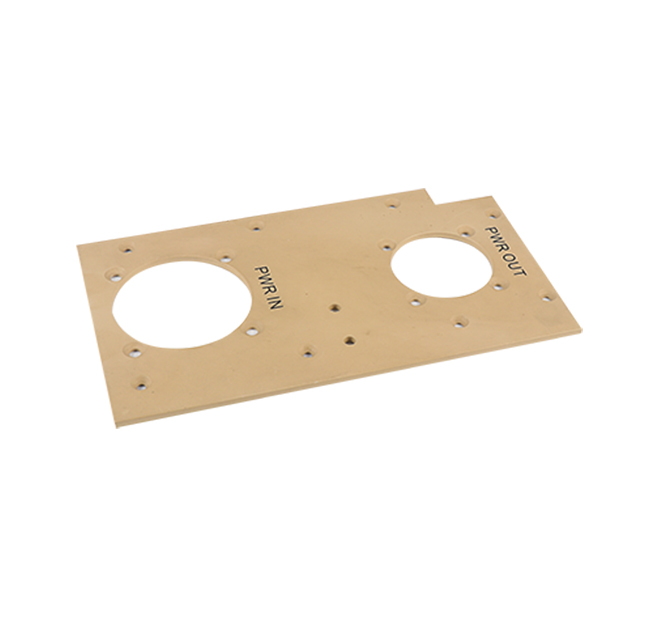Time:2025-05-24 Views:0 source:CNC Machining customization source:CNC Machining news

High - precision in sheet metal processing is critical for applications where exact dimensions, smooth surfaces, and tight tolerances are required, such as in the aerospace, automotive, and electronics industries. Achieving high precision involves a combination of advanced equipment, precise control systems, and skilled craftsmanship.
Laser cutting is one of the most widely used high - precision processing methods. It uses a focused laser beam to melt or vaporize the sheet metal, enabling extremely accurate cuts with narrow kerf widths. The laser's energy can be precisely controlled, allowing for the cutting of complex shapes with high precision. For example, in the production of electronic enclosures, laser cutting can create holes and slots with tolerances as small as ±0.05 mm, ensuring a perfect fit for internal components. Moreover, laser cutting does not apply mechanical force to the workpiece, reducing the risk of deformation and ensuring dimensional accuracy.
CNC (Computer Numerical Control) machining is another important high - precision method. CNC presses, brakes, and milling machines are programmed using CAD/CAM software, which translates the design into precise machining instructions. These machines can perform operations such as bending, punching, and milling with high accuracy. For instance, in CNC bending, the machine can accurately control the angle and radius of the bend, achieving tolerances of ±0.5° or even better. The repeatability of CNC machines also ensures consistent quality across multiple parts, which is crucial for large - scale production.
Electrical Discharge Machining (EDM) is a specialized high - precision process suitable for machining hard or brittle materials. It works by using electrical discharges to erode the metal surface. EDM can create intricate shapes and fine details that are difficult to achieve with traditional machining methods. In the production of molds for sheet metal stamping, EDM can be used to machine cavities and cores with extremely high precision, ensuring that the stamped parts meet the required specifications.
In addition to the processing methods themselves, quality control measures are essential to maintain high precision. Advanced measuring instruments, such as coordinate measuring machines (CMMs), are used to inspect the dimensions and surface profiles of the processed parts. CMMs can measure multiple points on a part with high accuracy and compare the results with the design specifications. Any deviations can be detected early, allowing for adjustments in the processing parameters or corrective actions to be taken, ensuring that the final products meet the strict requirements of high - precision applications.
Read recommendations:
Sealing ring Precision electronic parts
Housing components for recessed downlights Precision electronic parts
Oval Magnetic Hardware Precision electronic parts
CNC Machining Dimension Accuracy
CNC processing factory - Meeting customers' strict requirements for precision